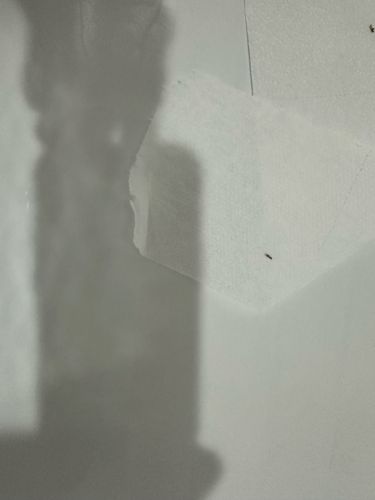Fungus Gnat (likely)
Scientific Name: Sciaridae or Mycetophilidae (Family)
Order & Family: Diptera (Order), Sciaridae or Mycetophilidae (Family)
Size: 2-8 mm (adults)

Natural Habitat
Damp, moist environments, often found near houseplants, decaying organic matter, or areas with high humidity.
Diet & Feeding
Larvae feed on fungi, decaying plant matter, and sometimes plant roots. Adult fungus gnats do not feed significantly and are mainly concerned with reproduction.
Behavior Patterns
Adults are weak fliers and are attracted to light. Larvae live in the soil or decaying matter. They have a short life cycle, and infestations can quickly grow if conditions are favorable (e.g., overwatered plants).
Risks & Benefits
Risks: Larvae can damage the roots of seedlings and young plants, leading to wilting and stunted growth. They are generally considered a nuisance pest in homes and greenhouses. Benefits: In natural environments, they contribute to decomposition processes by consuming fungi and decaying organic matter.
Identified on: 11/9/2025